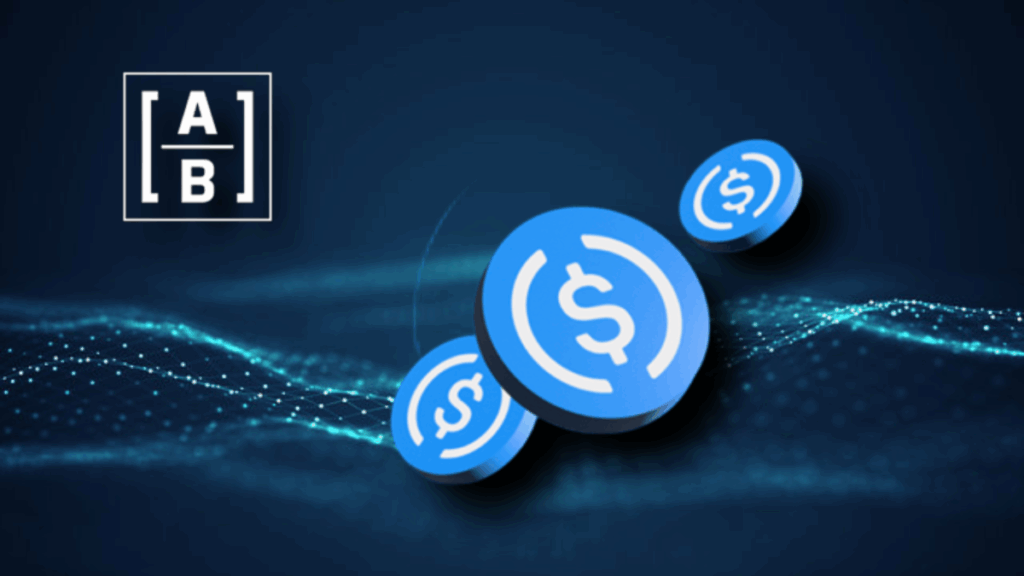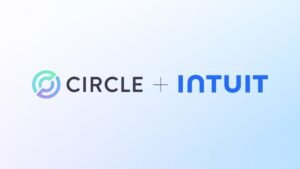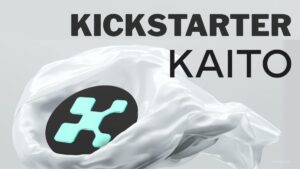TL;DR
- Bernstein analysts highlight that Circle’s USDC is positioned to dominate the stablecoin market due to its regulatory compliance, liquidity, and extensive partnerships.
- While Tether and new entrants like JPMorgan and PayPal pose potential competition, Circle’s infrastructure, network effects, and growing adoption across multiple blockchains provide a significant edge.
- Additionally, Circle’s Layer 1 blockchain, Arc, will further integrate USDC into payments, capital markets, and DeFi, creating additional demand and revenue opportunities for the firm.
Analysts at Bernstein maintain confidence that Circle is set to become the leading stablecoin network, reiterating a $230 price target for the company’s stock, suggesting roughly a 40% upside from current levels. Following Circle’s second-quarter results, the research firm emphasized that regulatory clarity, liquidity, and payment-focused infrastructure make USDC the most likely stablecoin to dominate long-term financial ecosystems.
Despite investor concerns about Tether entering the U.S. market under the GENIUS Act or facing new competition from banks and fintech firms, Bernstein notes that any compliant USDT would start from scratch. In contrast, Circle has established strong relationships with banks, major exchanges, and payment providers, giving USDC scale, adoption advantages, and growing institutional support.
Stablecoin Competition And Market Position
With firms like JPMorgan, Bank of America, PayPal, and Robinhood exploring stablecoins, the market is becoming increasingly competitive. However, Circle’s liquidity advantage, regulatory positioning, and ecosystem across 24 blockchains allow it to maintain dominance in payment transactions and DeFi integrations. Analysts also highlighted that Circle’s growing market share on Binance, coupled with its operating leverage and expanding partnerships, mitigates risks from fluctuating interest rates.
Circle’s growth strategy also includes the launch of Arc, its own Layer 1 blockchain, designed for stablecoin payments, foreign exchange, and capital markets applications. Arc uses USDC as the native gas token, offers sub-second settlement, optional privacy, and full interoperability with partner blockchains. Analysts see Arc as a demand driver for USDC, further strengthening Circle’s revenue through gas fees, transaction volumes, and broader ecosystem adoption.

Circle’s second-quarter results showed USDC circulation rising 90% year-over-year to $61.3 billion, reaching $65.2 billion by early August. Revenue and reserve income grew 53% to $658 million, while adjusted EBITDA increased 52% to $126 million. Although the company reported a net loss of $482 million due to IPO-related non-cash charges, analysts stress that Q2 reflects only early adoption effects, with Q3 expected to showcase stronger market traction, USDC growth, and enhanced institutional engagement.
Overall, Bernstein’s outlook reinforces the idea that Circle’s USDC, supported by Arc and a robust infrastructure, is positioned to become the standard for regulated, high-liquidity stablecoins worldwide.










